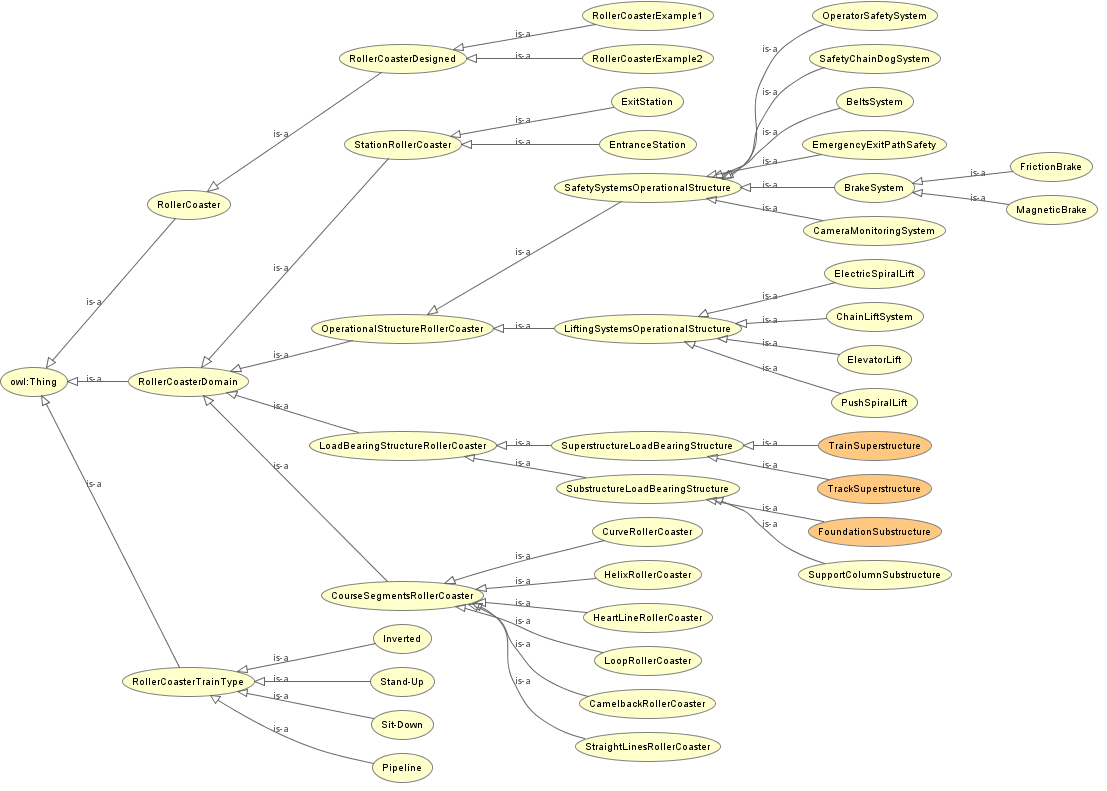Roller coaster as a civil system
The roller coasters are built in amusement parks to let visitors feel the gravity forces while the roller coaster train is in motion. The design and construction of a roller coaster needs not only to satisfy the bearing capacity but also the serviceability. In general, the safety of the passengers has to be guaranteed.
Compared to other engineering products like railways the main challenge of designing a roller coaster is the high nonlinearity of the kinematics. The construction and testing of prototypes are not possible options from an economical point of view, therefore reliable computer-aided design tools are used before it comes to the final installation of such a roller coaster. The constraint is that the velocity of the vehicle can only be changed at certain points of the track. By changing a component in order to satisfy a certain condition, e.g. the velocity, another component can be easily changed. Hereby, a parametric model would make the process of designing a roller coaster easier and faster.
On a bigger scale, the roller coaster as a transportation vehicle stands in connection with the surrounding structures and the environment. The space is limited due to the locations of other civil systems, e.g. pathwalks and buildings. Nevertheless, this limited space shall not let the visitors feel unsafe or narrowed, because our society matters more about the holistic experience than the product itself.
Initial ontology
The initial ontology of the roller coaster focused on capturing physical and functional components of a roller coaster. A background research was done in order to understand and to examine the relations and interpendencies between the components as well as the design and technical constraints.
Two different roller coaster models were added to the ontology model. Each model shows a possible design model with different parameters and components. An ontology model would provide an overview for all persons involved in the roller coaster project.
The ontology model can be seen in the picture below. The ontology model as a file can be downloaded with this hyperlink: rollercoaster_ontology.
Parameterized model
For the development of the parametric model, the focus lays on the course of the track since from a structural engineering point of view the results of structural bearing calculations and kinematical evaluations depend on the geometry. At the same time, the surrounding systems define the available space for the roller coaster track.
A generic model of a roller coaster track has been developed and designed in Dynamo. The first global parameter is the start point of the roller coaster track. It would present the area of the entrance. Then, the designer can start to design track segments. Each segment has its own parameters and the segments are connected through their start and end points to each other like a Domino series. Thus, the parametric model can turn out to be complex. The purpose of this parametric model is that by changing a parameter, e.g. the height of a Camelback, all the other segments are adapted immediately.
Beside the geometric properties of the course track, the truss itself is described by its width, its height and its pipe radius which can be changed.
The kinematic aspect has been considered as well. The gravity force is with some assumptions evaluated thus the designer can already access how much gravity force a person would feel while going through a loop.
A 360° visualisation of the roller coaster is shown in the link below.
While designing the roller coaster model costum nodes were created and inserted in Dynamo script. For further information, do not hesitate to leave a comment.
